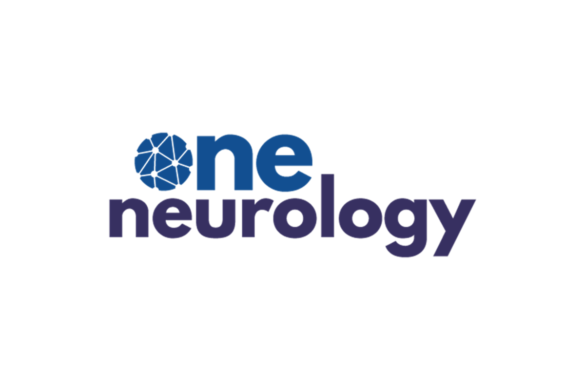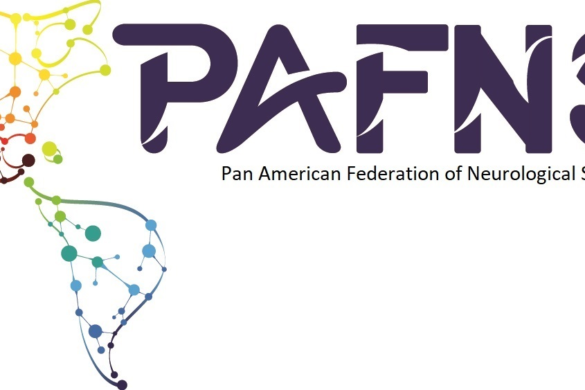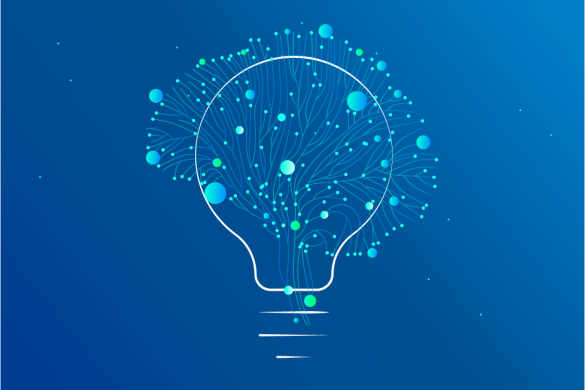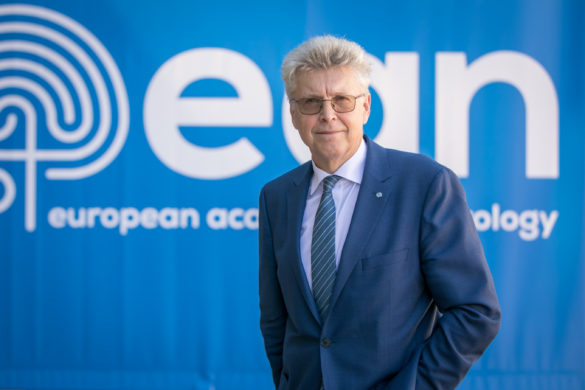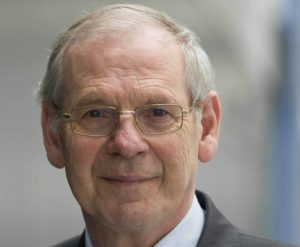 by Günther Deuschl
by Günther Deuschl
EAN pages strives to present one country every month to the readers of the EAN pages. We have seen presentations from Albania, Croatia, Denmark, Estonia, Finland, Georgia, and Ireland so far and I would draw your attention to these wonderful articles in our newsblog. This month we have Latvia and in December it will be Moldovia. The country where the EAN congresses take place (so far Germany and Denmark) are even presented in a series of articles covering special aspects of the development of local neurology. The top neurologists from these countries take their time to present important aspects of their country like Denmark did before the Copenhagen congress in 2016. In a series of seven articles they have presented the state of the art and research in their country concerning basic MS research, pain, dementia, clinical MS research, cerebral blood flow research, clinical neurophysiology and headache. The care structures for patients and how research is helping to develop new treatments and new innovations are outlined and one can learn from their success. Whenever I read their presentations it reminds me to the rich history of neurology in Europe. All the different countries were able to show their particular contribution to the field and the achievements they have reached to provide better patient care.
As the president of this Society I have the privilege to visit many of the national neurology congresses in these countries. Whenever I go there it is exciting to see how different and similar at the same time the presentation of hot topics in the field and the teaching during these congresses is performed. It is always a splendid mixture of cutting edge science interesting for every neurologist and providing the latest developments in the fields of neurology and at the same time teaching young neurologists and updating colleagues with many years of experience on the new developments. Is is tempting to see how these congresses really provide the forum to keep the profession updated and at the same time strengthening the communication between the neurological community of this particular place. As a visitor not being aware of the specific strengths of the countries this is always a touching experience.
The national Societies are not only able to work hard they are also able to celebrate in the evening after work. This also has a clearly local flavor and I learned that there no south-north gradient of exuberance which one would intuitively assume. The Danish Society for example has in its program a get-together in the evening which is terminated officially at 3h in the morning with all the participants dancing and the Israelian Society is having a folklore song group making the whole congress (and the visitors) to dance and sing in the evening. At the Turkish congress the big professors even have the humor to dance in fancy dresses on stage.
The country of the month articles are also outlining the beauty of their countries and many of these countries are the target of holiday trips for many of you. It will make neurologists from other countries interested to spend some time in these countries and particularly for the young neurologists it may be an incentive to spend some time in neurological institutes of these countries to see how neurology is practiced there. EAN is supporting trainees to visit other countries to learn specific techniques or to do research in such hosting departments.
The strength of European Neurology is its diversity and the different cultures which have been developed and I am suggesting to read the EAN-pages to better understand them.





